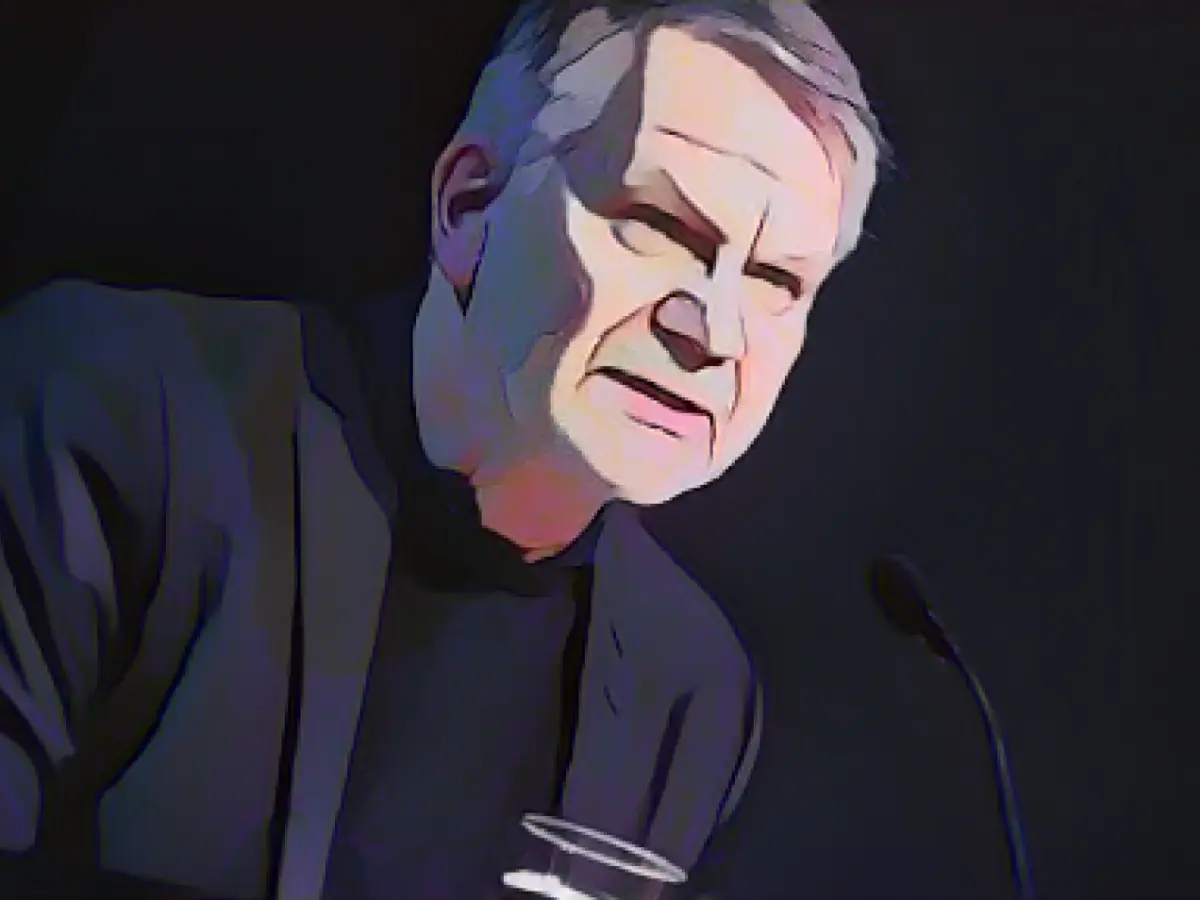Durs Grünbein, a globe-trotting author with deep roots in Saxony, crafts his latest masterpiece, "The Comet," inspired by family history and centering on his grandmother Dora. Coexisting with her story is the city of Dresden, a vibrant mix of modernity and rich baroque heritage, where the grand dame lived from her teenage years until the devastating bombing of February 13, 1945.
This eloquently written tale neither fully falls under the genre of fiction nor non-fiction but rather straddles the line as an account with fictitious elements. Much of the narrative is shaped by Dora's tales, providing an intimate look into her experiences with minimal authorial interjections. The direct narrative style creates an emotional impact.
Born into humble circumstances in rural Silesia, Dora endures a loveless upbringing, becoming an unwed mother at 16. She follows her lover Oskar to bustling Dresden, where he takes a job in one of Germany's most modern slaughterhouses. The lyrical Grünbein beautifully captures the city's allure as both a revelation and source of freedom for Dora.
Aware of the shadows lingering on the horizon, Dora senses the approaching danger that the Nazi state poses. Air raid drills and escalating arbitrary persecution of Jews heighten her unease. Relevant to Grünbein's title, Halley's Comet, a force of nature associated with impending disaster, returns to her thoughts.
Oskar is not an ardent supporter of the Nazis, although he avoids expressing his sentiments. Dora, meanwhile, distrusts the propaganda and despises the harassment of Jews she witnesses. Her family's adopted belief in their own powerlessness punctuates the narrative.
Grünbein does not cast judgment on Dora's passive acceptance of the circumstances, instead presenting her with empathy and compassion. This touching portrait of a simple woman offers an enriching exploration of life in the Nazi state and serves as an intriguing piece in the bigger historical puzzle.
Book Details:
Title: Der Komet Publisher: Suhrkamp Verlag Pages: 282 Price: €25 ISBN: 978-3-518-43020-0
For additional reading:
- Grünbein's book title, "Der Komet," is possibly inspired by Halley's Comet, infamous for causing widespread panic during its 1910 appearance.
- Dora, the book's influential character, hails from a modest background in rural Silesia, a region within historical Germany.
- Oskar, Dora's lover, works in one of Germany's most modern slaughterhouses in Dresden, creating a stark contrast between rural life and the city atmosphere.
- Dora perceives the encroaching Nazi state as a grave threat and is haunted by memories of Halley's Comet, symbolizing impending disaster.
- Grünbein's book offers a nuanced and compassionate portrayal of the everyday life of a simple woman living during the Nazi era, an intriguing addition to historical studies.
Enrichment Data: Experience the chilling symbolism of Halley's Comet in "Der Komet" by Durs Grünbein. The celestial body, a harbinger of change and potential disaster, resonates with Dora's impending sense of fear and anxiety about the tumultuous era.
- Historical Relevance: Halley's Comet had notable appearances in 1910 and 1986. The 1910 appearance, a significant cultural event, sets the stage for the powerful symbolism in "Der Komet."
- Symbolic Representation: As a metaphor, Halley's Comet represents the mixing of awe and dread – a perfect embodiment of the duality that underpins the Nazi era. The cosmic event serves as a reminder of the historical upheavals and the possibility of catastrophic change.
- Personal and Collective Anxiety: The comet becomes a potent symbol of personal and collective concerns during the Nazi era. It highlights Dora's internal fears as well as society's collective unease about the political climate.
- Cultural and Historical Context: The poem likely draws inspiration from the broader historical and cultural context of Halley's Comet, leveraging the significance of the comet's appearance for symbolic purposes. The rarity and association of the comet with disaster further enhance its potent symbolism.




